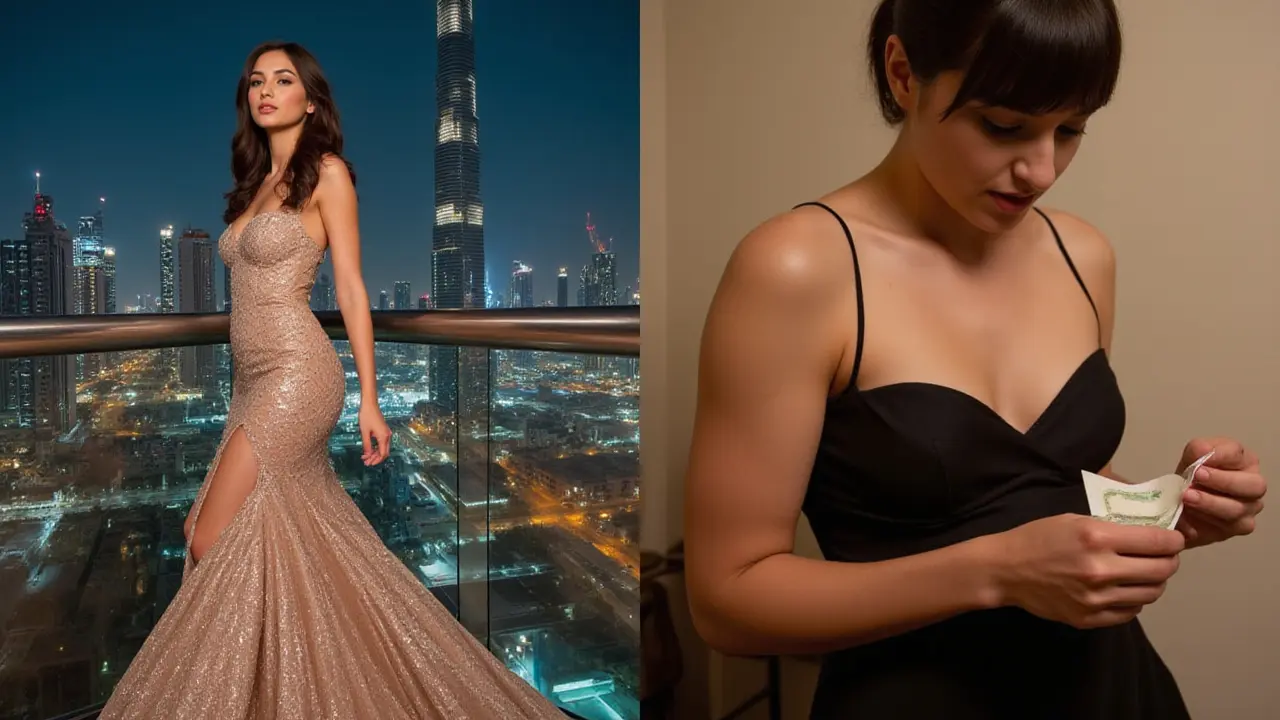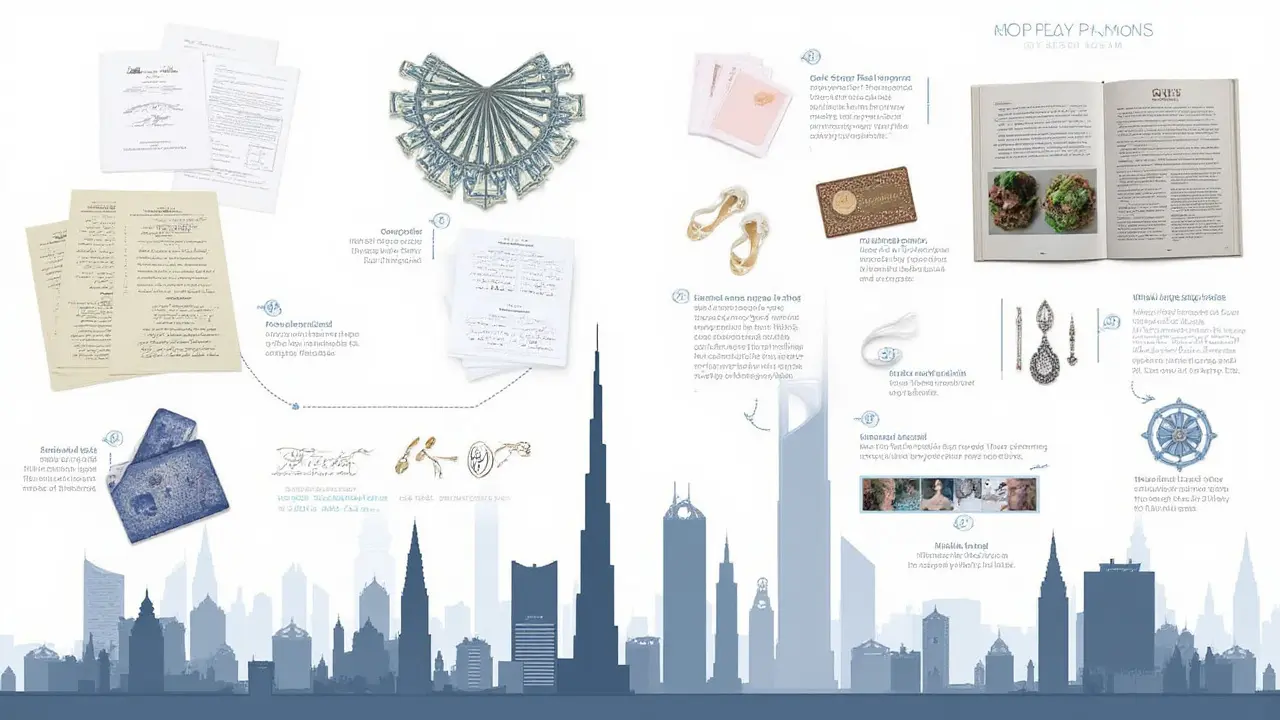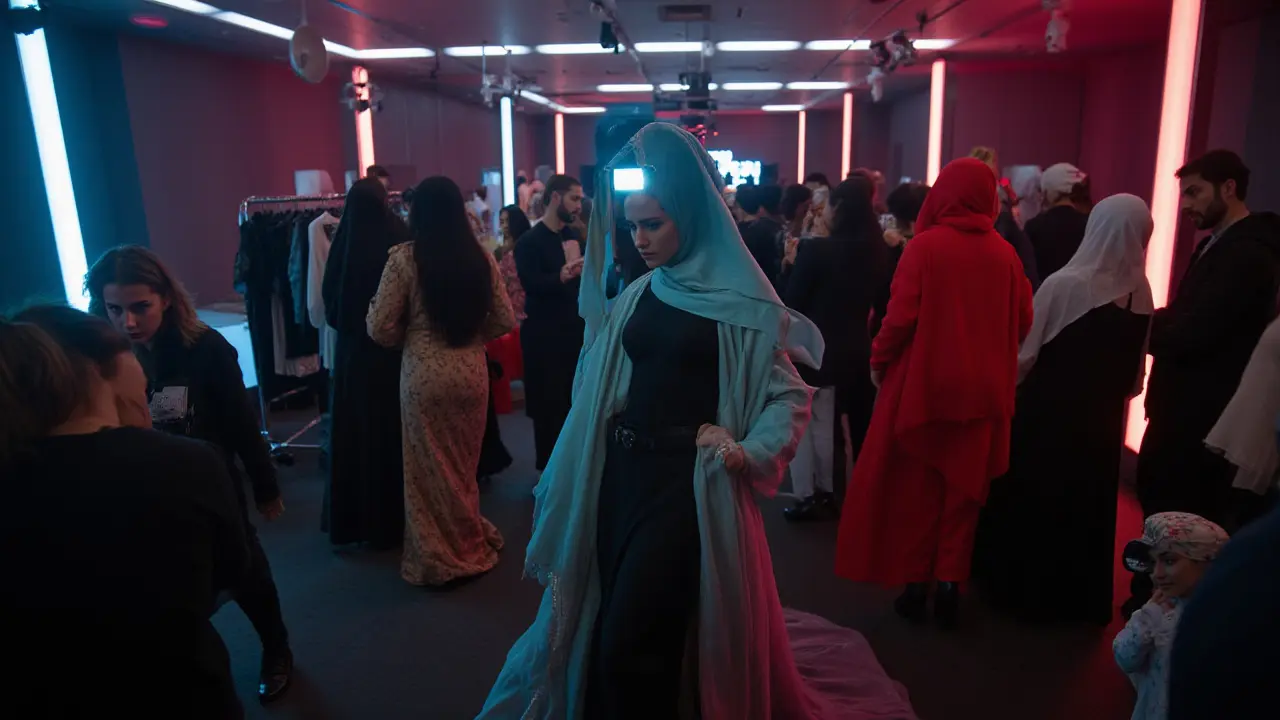You might picture a runway model breezing down the catwalk, flashbulbs popping, and think: "Wow, that must pay a fortune!" The truth? It’s complicated, and almost never as glamorous as it seems on your Instagram feed. Modeling agencies keep things hush-hush, and actual salaries swing wildly depending on location, agency connections, and fame level. Ever wondered if models actually get rich from walking the runway? You're in the right place.
Direct Answer: How Much Is a Runway Model Paid?
If you want the quick facts, here they are: beginner runway models in big cities like New York, Paris, or Milan can expect anywhere between $100 and $1,000 for a single show. Top models—think Bella Hadid or Naomi Campbell—can command anywhere from $5,000 to $20,000 (or much more) per show. But here's the kicker: most working models will fall somewhere at the low end, and many are even paid with clothing or accessories, not cash. According to the Model Alliance’s 2024 survey, the median runway job in NYC paid around $250 per show.
This isn’t just about strutting for a few minutes—included is prepping for hours, castings (often unpaid), travel, and all the pressure to look flawless. Pay can be higher during Fashion Weeks, but there are no set rates. Agencies take a cut—often 20% or more. Models may have to pay for photoshoots, comp cards, or travel out of their own pocket, sometimes ending up in debt in the early years. Surprised? Thought so.
runway model salary numbers sound shiny, but most working models are juggling side gigs or hustling between agencies to stay afloat.
Key Points: What Determines a Model’s Pay?
- Location matters. Pay is juicier in the "Big Four" capitals—New York, Paris, Milan, London—than in smaller markets.
- Experience counts. Newbies start low; veterans and 'it girls' can charge way more.
- Agency connections rule. Established agencies get higher-paying, higher-profile gigs. Indie models often earn less or land less reliable jobs.
- Brand budget varies. Luxury brands might shell out more than small designers—sometimes a model walks for free just to "get noticed."
- Other pay forms exist. Sometimes models are paid "in trade" (with clothing) or just get expenses covered.
Sometimes models do more than just walk—for example, closing a show, opening a show, or starring as the "face" of the night can mean double or triple pay, but these roles are fiercely competitive. Your look, social media following, and even your personality can tip the scales in your favor... or not. As an aside, perks like free makeup and hair styling are standard, not real perks—think of it like free coffee in an office job, helpful but not exactly a raise!

Comprehensive Guide to Runway Model Pay—Behind the Glare of the Spotlights
The runway modeling world is as much about illusion as reality. Every Fashion Week, thousands of young hopefuls flood casting calls, dreaming of big paydays. The fashion industry is built on charisma, youth, and moment-to-moment demand. Salaries reflect this fickle landscape. So what drives those numbers?
First, let's break down a typical runway gig. At the very top, a few supermodels make headlines with six-figure contracts. Gigi Hadid graced 20+ major runways last season and Forbes estimates she made over $10 million in 2024—not just from runways, but from endorsements and campaigns. The average working model? They chase a handful of paid shows and supplement with lookbooks, catalog gigs, and commercial work. I've known models who booked a hot designer for $300 and celebrated like they'd hit the jackpot. Meanwhile, a model friend of mine did Paris Fashion Week for Valentino, only to get paid in a limited run of shoes she couldn't even sell on eBay.
Not all jobs are equal. Opening or closing a major show might boost pay, but being buried mid-lineup barely changes your fee. The real money often comes from spin-off opportunities: campaign shoots, brand endorsements, and influencer deals. That’s where social media has changed the game. Models with big Instagram or TikTok followings can leverage their platform for extra pay or add-ons. Think of runway work as your “in”—not the money-maker in itself, but a springboard to bigger, steadier gigs.
Here’s a little-known fact: some of the biggest runway jobs pay less than expected, precisely because everyone wants them for the exposure. High Street brands often pay more for commercial shows than prestigious high-fashion labels. Survival in the industry means being nimble, staying on top of new looks, and balancing the dream gigs with bread-and-butter jobs. When my daughter Kalveda was learning about budgeting, I used modeling as an example—you can't count on every gig being gold, and sometimes a "free" runway show opens the door to a full-page campaign that really pays.
“Runway jobs are about building clout in the industry, not just cash in your pocket,” says acclaimed agent Jody Gordon of Major Models NY.
The hours aren’t glamorous either. Backstage, you’re up early, standing for hours, and last-minute changes are the norm. Most models I know schedule every show into a grueling calendar, hoping to catch the attention of high-profile scouts or casting directors. Even the snacks are rationed—if you see a bowl of grapes and a half-full coffee urn, that's your "backstage meal." Models often take on commercial shoots, promo events, or even retail jobs to bridge the gap between those unpredictable paychecks. It's a balancing act, like keeping my cat Nimbus away from the laptop when I'm on a deadline—constant, sometimes chaotic, but kind of thrilling if you love the hustle.
Definition and Context: What Exactly Does Runway Work Involve?
Let’s get real about what the job is. Runway modeling (or "catwalk" modeling) is all about walking in fashion shows for designers, usually during the big Fashion Week circuits. Designers pick models who meet their vision—a specific height (usually taller than 5'9" for women), age (primarily teens to mid-20s), and measurements. But this isn’t a one-size-fits-all gig. Some shows love unconventional looks or gender-fluid faces. Diversity is slowly improving, but strict standards still rule in many places.
A model’s day might start with a pre-dawn call for hair and makeup, hours before the show. There’s rehearsal, fittings, and last-minute tweaks. The actual walk lasts, what, two minutes tops? Then another round of waiting while the next look is prepped. And yes, when models say they “walked six shows in a day,” that means six outfit changes, six commutes, and a dizzying dance between casting directors and makeup artists.
Here’s another curveball: many runway models are freelancers, technically “self-employed.” Agencies manage bookings, negotiate pay, organize travel, and field payments—but fees for this work are hefty. In major cities, agencies take a 10-20% commission, plus other charges for publicity materials or portfolio shots. It adds up quickly. A 2023 New York Times piece reported that 40% of young models finish Fashion Week either breaking even or losing money after all the costs are factored in.
Fashion Week runs in sprints: February and September are key for big markets. The rest of the year, models compete for alternate gigs—fit modeling (for designers needing human mannequins), showroom modeling, ads, lookbooks, even music videos. Don’t picture limos and champagne unless you’re one of the rare "supermodels." Most new faces squeeze onto subways with garment bags and hustle between castings with borrowed heels in their tote bags.
Runway's not just for women. Male models command slightly lower pay—$150 to $700 per show, unless they are big international names. Juniors and plus-size models are making waves, but the rates rarely match the superstars, even as brands tout diversity. Famously, one high-street brand paid all its catwalk girls $200 plus a goody bag of accessories last spring, and most were delighted for the opportunity.
Which brings me to another reality: payment timelines are messy. Shows can delay payment for weeks—or months. Some designers are notorious for “forgetting” to pay, especially if the model is new or unsigned. If you’re considering runway as a career, keep in mind how erratic cash flow is. I've seen models wait six months for a runway check, budgeting groceries carefully and moonlighting as baristas or yoga instructors just to pay rent.

Types of Runway Work, Earnings Breakdown, and Major Factors Influencing Pay
The type of runway modeling you do and where you do it has a huge impact on pay. Let’s break down the main categories you’ll see:
- Major Fashion Weeks: New York, London, Milan, and Paris—the most lucrative and competitive. Shows here bring in international press and big-name designers. Rates range from $200 to $2,000 for most models; stars can earn in the five-figure range. Always factor in the cost of living and accommodation—those add up!
- Commercial and Local Shows: Smaller markets (think Chicago, Berlin, Sydney) pay less, sometimes as low as $50-$150 per show. Perks might include sponsored hotels or meals, but cash is tight unless you’re the headliner.
- Sponsorships and Ambassadorships: These are the real payday for top models. Wearing a designer exclusively or representing a brand publicly adds zeros to your check. Rates here can go from $10,000 to $1 million for top-tier faces.
- Specialty Shows: Lingerie, bridal, children’s wear, and niche circuits like eco-fashion each have their own pay scales. Lingerie and bridal can be higher, but maybe only for veteran faces with established portfolios.
What really moves the needle is experience, notoriety, and the ability to network. Being reliable, punctual, and easy to work with gives you more bookings, and better word of mouth leads to referrals. I've heard agents say the best-paid models aren't always the "prettiest," but the most adaptable and the best at self-promotion.
| Runway Type | Average Pay per Show (USD) | Typical Experience |
|---|---|---|
| New York Fashion Week (entry) | 100-500 | Beginner |
| NYFW (top model) | 5,000-20,000 | Celebrity/Supermodel |
| Local/small market | 50-300 | Beginner-Basic |
| Commercial/retail show | 300-1,000 | Mid-level |
| Exclusive brand sponsorship | 10,000+ | Top model |
Want a tip? If you're just starting out, check model forums or talk to experienced models who aren't afraid to share the real numbers. Skip any agency that "promises" huge pay immediately or asks you for big up-front fees. The best agencies are transparent, respected in the industry, and invested in your growth—not just taking a cut.
| Factor | How It Impacts Pay |
|---|---|
| City/Location | Bigger cities pay more; rural or small-town gigs usually pay much less |
| Experience | More experience and visibility brings higher rates and better contracts |
| Show Type | Prestige, campaign potential, and exclusivity all affect rates |
| Agency | Top agencies negotiate better terms and collect faster; unknowns may cut corners |
| Social Media Reach | Influencers and trendsetters can charge a premium |
So, is it all worth it? Runway work is rarely about instant wealth. But it’s unbeatable for networking, skill-building, and applealing to future clients. Many models use runway as a portfolio booster, then chase bigger bucks with brand deals, TV work, or launching their own lines. It’s a marathon, not a sprint—and it helps to be resourceful and realistic about the money game.
